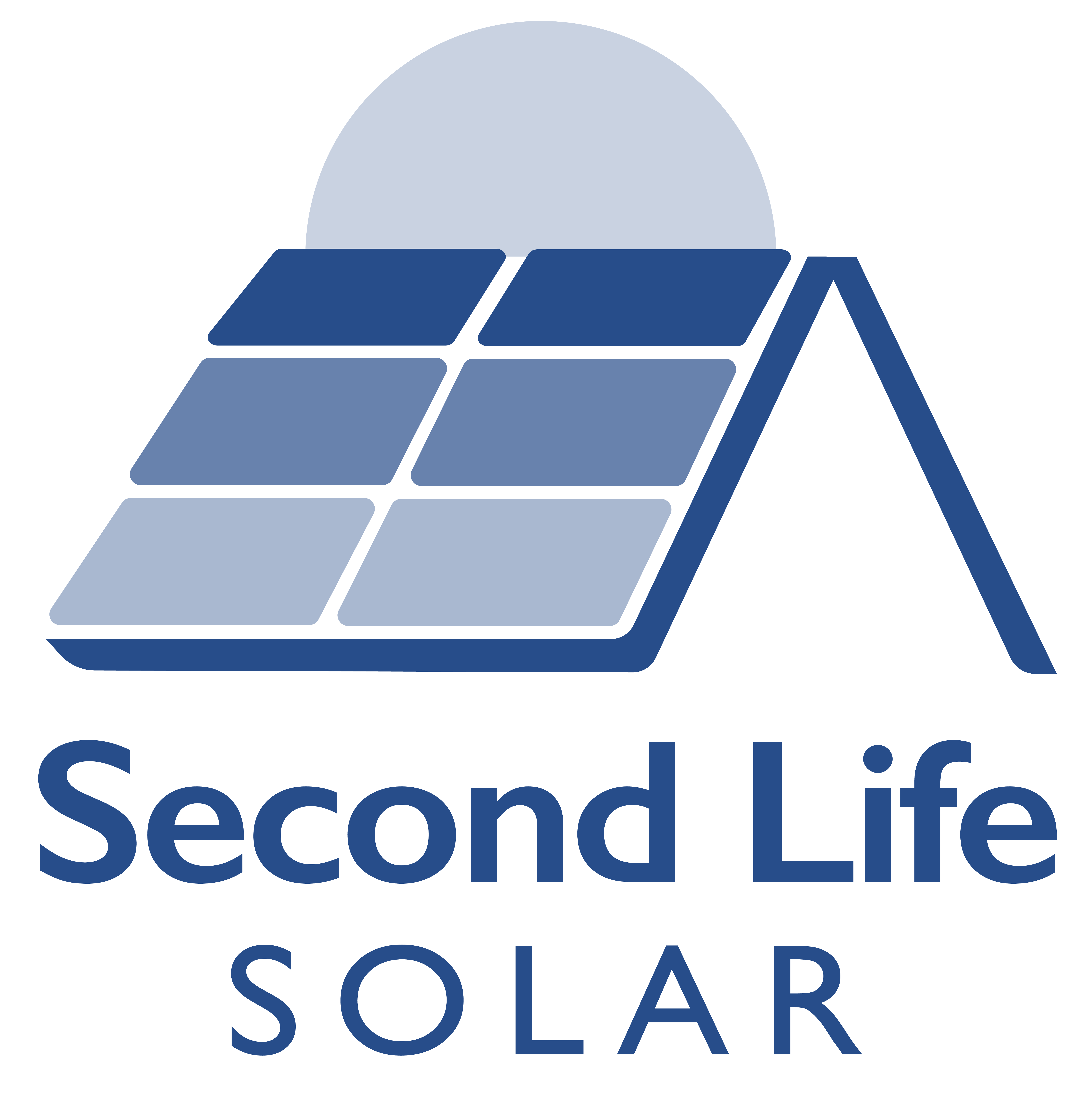Understanding the physical dimensions of average solar panels is crucial for planning your system, ensuring you have enough roof space, and optimising your energy production.
Let’s dive into the details of solar panel installations to help you figure out what’s right for your property.
For most residential projects, the average solar panel size is approximately 1.7 meters by 1 meter (or roughly 5.5 feet by 3.5 feet). These panels typically weigh around 18 to 25 kilograms, making them relatively manageable for installation.
While this size is standard for residential solar panel systems, commercial or industrial systems may use larger panels to maximise power output in expansive spaces.
The size of your solar panel system depends on your energy needs, roof space, and budget. Larger systems with more panels naturally generate more energy, but they require more room. For most households, a typical solar array might consist of 12 to 20 panels, which usually fits comfortably on an average roof.
When planning your installation, you’ll want to consider the physical size of each residential solar panel. Each panel consists of rows of solar cells, with most panels containing either 60 or 72 cells.
The number of cells impacts both the physical dimensions of the panel and its power output.
For example:
When determining how panels will fit on your roof, installers consider factors like orientation, tilt, and shading. Ideally, panels should face south to capture the most sunlight, but east- or west-facing panels can still provide substantial energy savings.
Installers will also calculate the total roof space required based on the size of a solar array and the layout of your roof. A typical 4kW system, for example, needs around 25-30 square meters of unobstructed roof space.
The physical size of a solar panel directly affects its energy production. Larger panels with more solar cells can capture more sunlight, which translates to higher power output.
However, the efficiency of the cells also plays a critical role. Even smaller panels with high-efficiency cells can produce significant amounts of energy.
For instance, a single panel might produce between 250W and 400W of power under ideal conditions. Multiply that by the number of panels in your system, and you’ll see how your system sizes contribute to meeting your energy needs.
Choosing the right panel size and system capacity is essential for optimising performance and saving money. By ensuring the panels are the right fit for your roof space and energy needs, you’ll achieve better efficiency and lower long-term costs.
Understanding the average solar panels’ dimensions and how they impact your system design is key to making informed decisions. Whether you have a sprawling roof or a compact space, there’s a solar PV solution to suit your needs.
At Second Life Solar, we specialise in providing efficient used solar panels that deliver maximum performance. Our team works with you to design a system that fits perfectly and aligns with your energy goals.
Take the first step toward clean energy today—contact us to explore our range of second-hand panels and see how much you can save!

At Second Life Solar, we specialise in supplying used solar panels to buyers worldwide.
© All Rights Reserved.